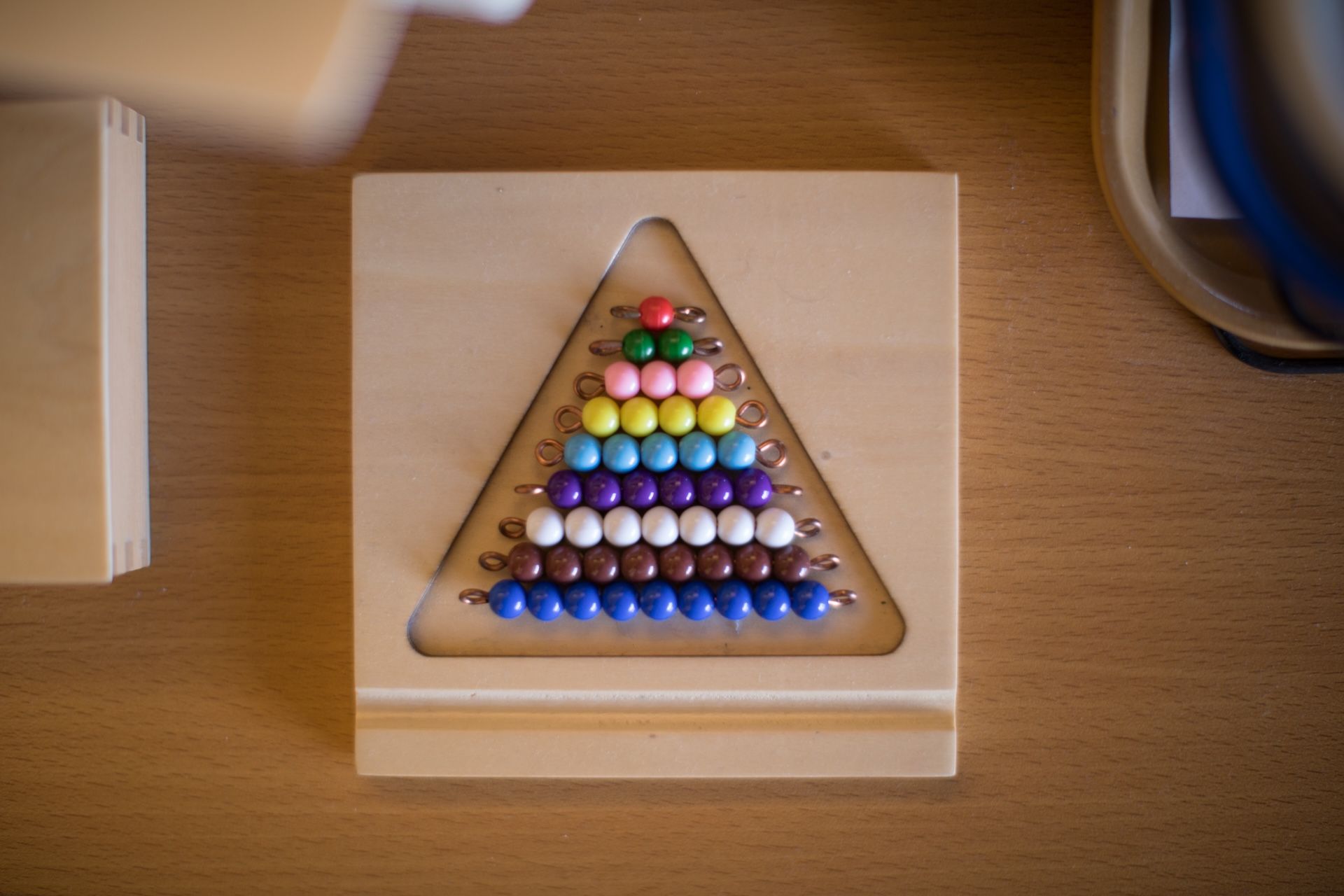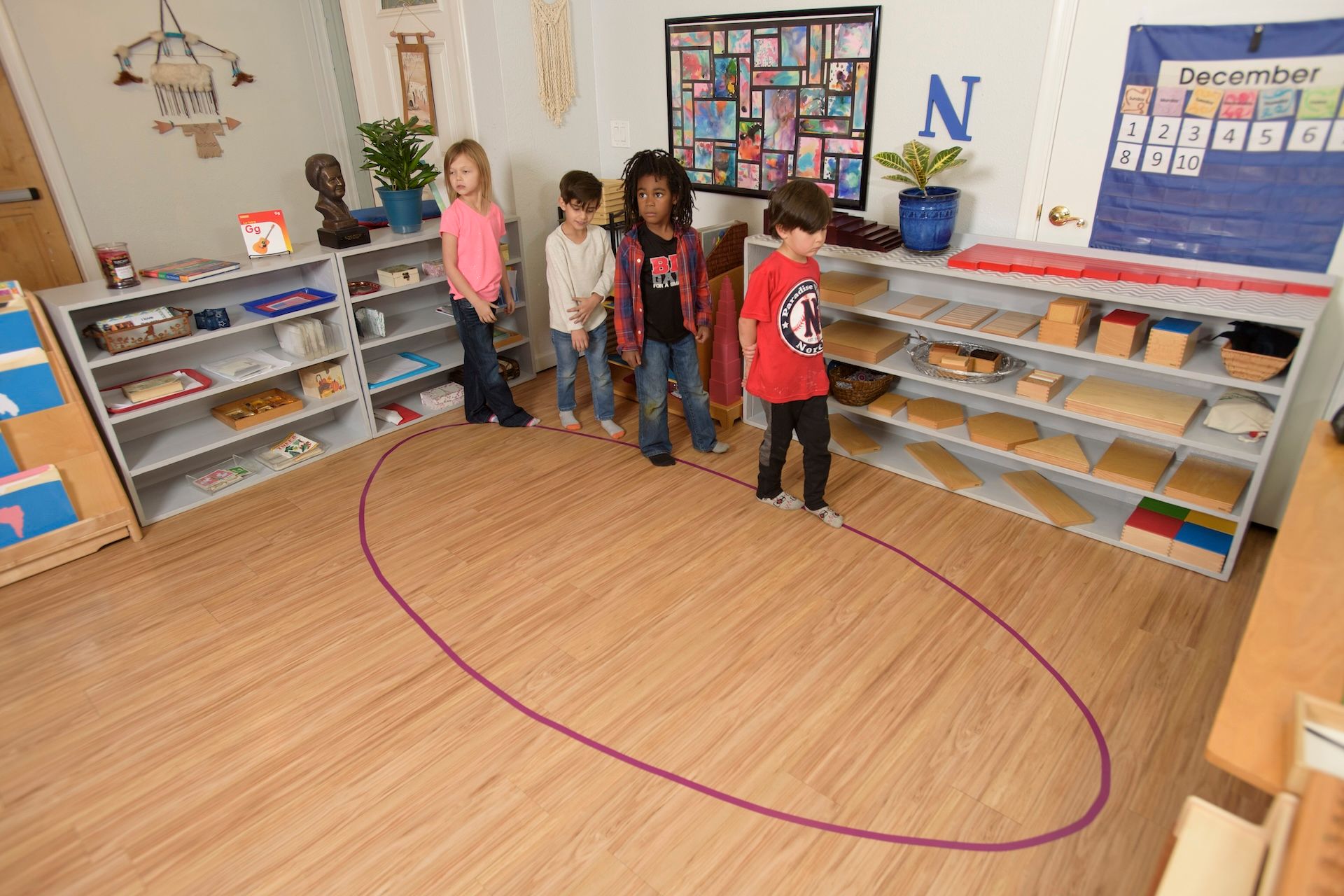
At some point in their life, our children will compete for something. They will compete in athletics, in academics, in the work place, and even in the games they play. A difficult part of competition is that, in the end, it has both winners and losers and, without exception, at some point they will lose. Today’s article will talk about how we can approach the topic of failure, and how Montessori style education can help students learn to try again after making mistakes.
Wise Words
Albert Einstein said “Anyone who has never made a mistake has never tried anything new.”
As adults, we know the truth of these words. This wisdom, however, only comes with age. As teachers, we need to concern ourselves with “how can we help the student learn this?” The Montessori method is one that naturally helps students learn about consequences.
The materials in a Montessori classroom are great at teaching students that mistakes can be corrected. Puzzles allow students to work through a problem by trying pieces, seeing where they fit, seeing where they don’t fit, and over time work to the solution. Sensory bins allow students to make predictions, and then correct when those predictions aren’t met. As a Montessori educator, we need to know how to discuss these little mistakes with the child. As children become comfortable moving on from small mistakes, they will eventually become comfortable working past larger problems.
Scientific American has an interesting article about ‘learning to learn.’ It is a fascinating read, and I highly recommend it. The gist of the the article is that while we often teach students to learn through drills, research show that this is not the optimal way to learn. We want students to go as long as they can without making an error, or even seeing a mistake, but this is counterproductive. Instead, we need to arrange conditions so that students can make mistakes, work around them, and apply the techniques that they have learned to solve greater and more challenging problems. Essentially, by teaching not just about perfection, but the pitfalls, we can better enable students to succeed on more challenging tests. This means, if you want your student to learn that failure is OK, then you need to construct some problems where they will fail.
Montessori cares deeply about the process of learning. We try and emphasize that learning is a process which can happen everywhere. We encourage children to pursue a variety of interests, oftentimes new interests. By allowing a child space, and merely supervising their journey, we allow them the opportunity to fail without feeling scrutinized. Then, self-correcting processes will either help guide a student to the solution, or lead them to realize that asking for assistance is OK. We’ve talked about why the Montessori model promotes a resilience to failure before on our blog.
Implementing These Ideas at Home
Sometimes it can be difficult to take high minded ideas, and actually put them into practice. So here are three things you can do at home, which will help your student learn to rebound after failure.
- Empathize when your student is struggling, or having a hard time. This may seem obvious, but by acknowledging their feelings, and putting it in a more positive context, you can help them work past it. Use language that shows you see how they feel. “I know you feel bad.” “I see that you’re disappointed.” “I know you want to do better.”
- Relate to them. Tell them about a time when you failed. Students need to see that the role-models in their lives are imperfect. Talk with your students about a time when you failed, or were rejected, and how you moved past it. Let them know that feeling bad is fine, but that you have to keep moving forward.
- Emphasize problem solving skills. There is a concept called ‘failing forward.’ It means that when things don’t go according to plan, you take what you can salvage, you use your reasoning skills, and you construct a newer and better plan. Help your student use their reasoning skills to figure out where they went wrong. Come up with a plan for the next time. Do this again and again.
Hopefully this gives you some ideas to address failure, and shows you a bit about what Montessori educators are work through every single day. We want every child to succeed, even when that means learning to fail.
The post How Failing Forward Helps Montessori Students Succeed appeared first on Pebblecreek Montessori.
Hours
MONDAY - FRIDAY
HALF DAY: 8:30a – 12 noon
ACADEMIC DAY: 8:30a – 3:30p
EARLY CARE: 7:00a – 8:30a
AFTER CARE: 3:30p – 6:00p
OFFICE: 8:00a - 4:00p
Programs
Connect
Pebblecreek Montessori




